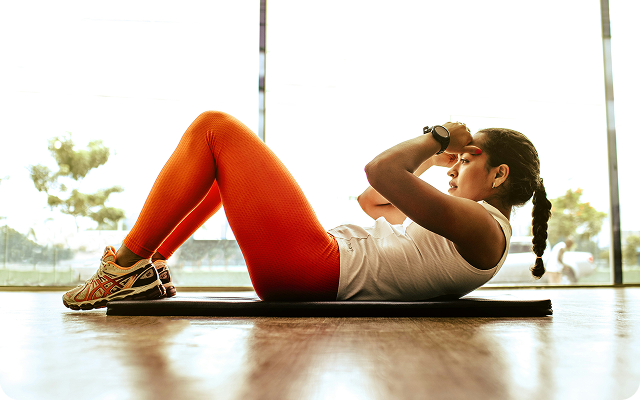Stop Winging It: How to Create a Workout Template That Gets Results
Tired of scrambling to come up with new workout ideas for your clients? A solid workout template is your secret weapon for creating effective, engaging, and personalized fitness plans.
I’m going to walk you through how to build a workout template that saves you time, keeps your clients motivated, and helps them reach their goals faster.
1. Start with the “Why”
Before you even think about exercises, sets, and reps, you need to get crystal clear on your client’s goals. Are they looking to build strength, lose weight, improve their endurance, or train for a specific event?
Once you know their “why,” you can tailor the workout template to their specific needs. I believe workouts should be tailored to the clients needs, communication is key, with a better understanding it's possible to deliver an effective and enjoyable experience every time.
2. Choose Your Workout Split
Next, you’ll want to decide on a workout split. This is how you’ll organize your client’s workouts throughout the week. Here are a few popular options:
- Full-Body: Great for beginners, this split works all major muscle groups in each session.
- Upper/Lower: This split divides workouts into upper-body and lower-body days.
- Push/Pull/Legs: This split focuses on pushing movements (like push-ups and shoulder presses), pulling movements (like pull-ups and rows), and lower-body exercises.
Pick the split that matches your client’s lifestyle and recovery capacity.
3. Pick Your Main Exercises
Now for the fun part: choosing the exercises! I recommend focusing on compound movements that work multiple muscle groups at once. These are your “big bang for your buck” exercises that will give your clients the most results in the least amount of time.
Here are some of my favorites:
Exercise: Muscles Worked
Squats: Quads, hamstrings, glutes, core
Deadlifts: Back, glutes, hamstrings, core
Bench Press: Chest, shoulders, triceps
Pull-Ups: Back, biceps
4. Add Accessory Work
After the big lifts, add accessory exercises to target weak points and balance development. This could be bicep curls, lateral raises, or calf work. Personally, I love adding dead hangs - simple but great for grip, shoulders, and back strength.
5. Don’t Forget About Rest and Recovery
Don’t underestimate recovery. Muscles grow outside the gym, not during the workout. Schedule rest days into your template, and encourage clients to prioritize sleep, hydration, and mobility work. It’s the difference between steady progress and burnout.
Final Thoughts
Creating a workout template doesn’t have to be complicated. Start with your client’s goals, build around proven splits and compound lifts, sprinkle in accessory work, and respect recovery. That’s the formula for progress that lasts.
At the end of the day, a good template saves you time, gives your clients structure, and helps them stay motivated. And when you’ve got that in place, everything else - consistency, results, and retention - falls into line.

.png)


